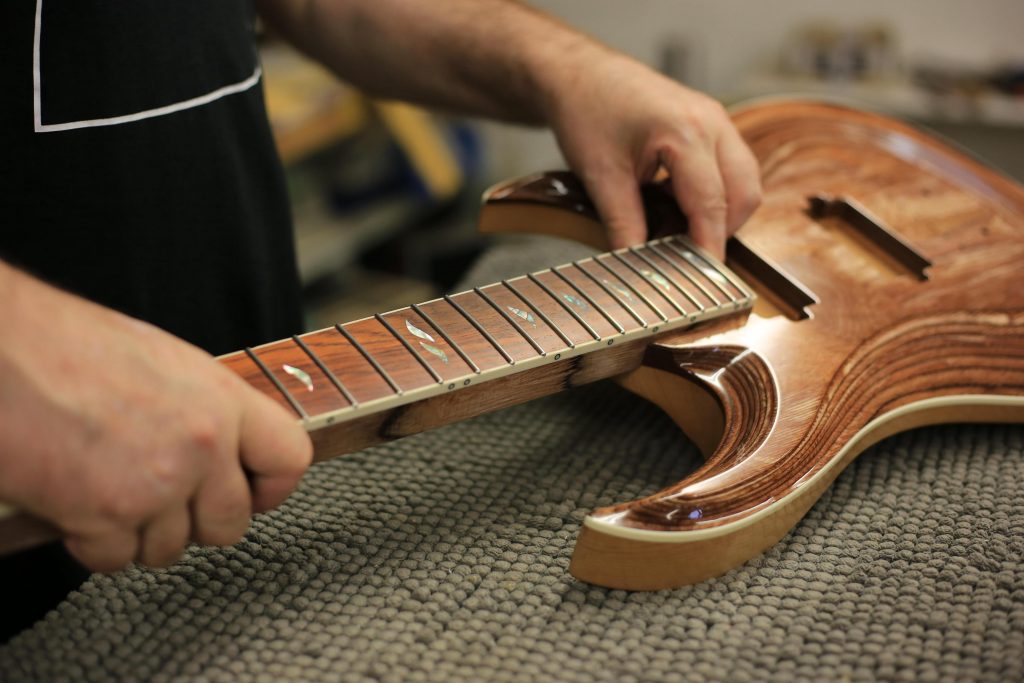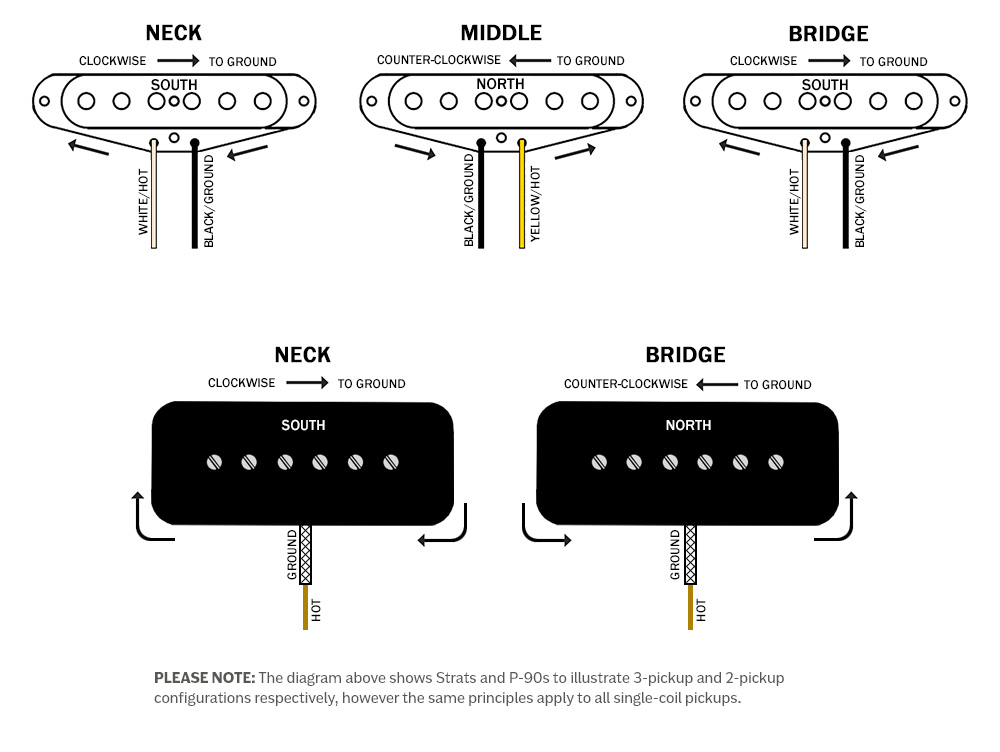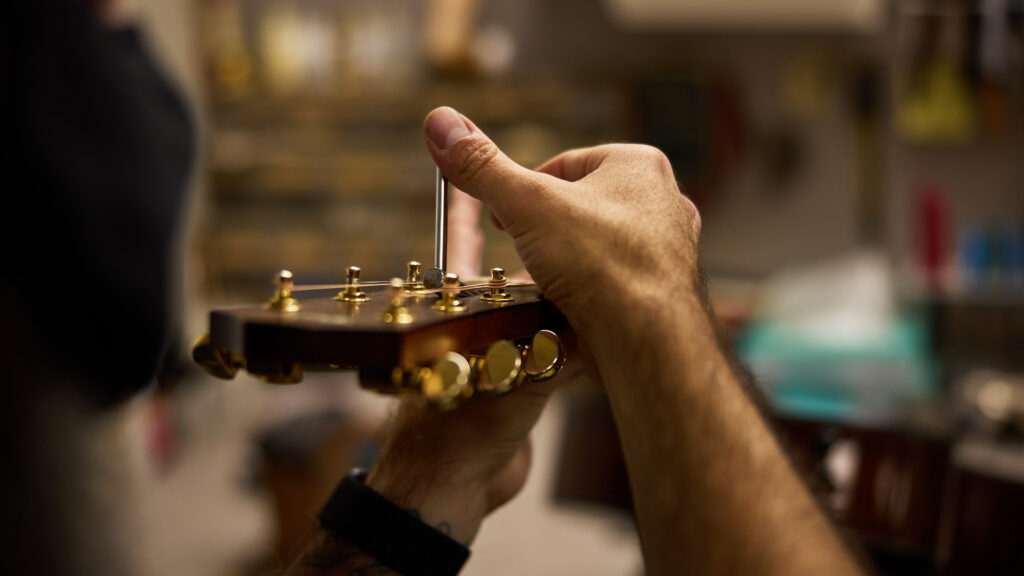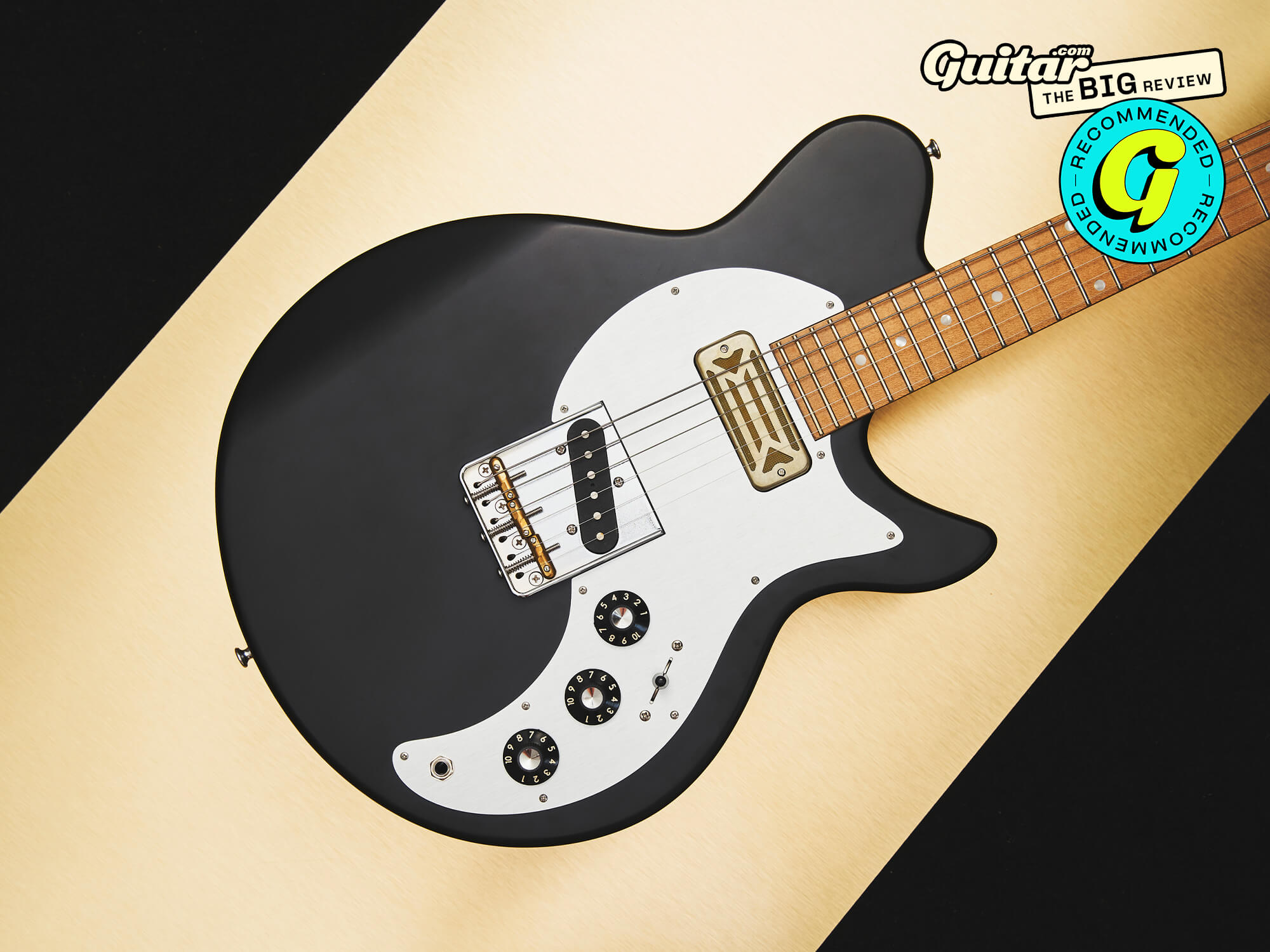After weeks of playing the Eastman Fullertone, I can confidently say it’s a Tele-inspired guitar that redefines comfort and tone. If you’ve ever loved the classic Telecaster sound but found yourself hindered by its ergonomic quirks or limited tonal palette, the Fullertone offers a refreshing alternative. It’s designed with thoughtful modifications that address typical Telecaster pain points while preserving that iconic twang and character. This hands-on review dives deep into its unique neck profile, innovative pickups, and body design, sharing practical tips and real guitarist experiences to help you decide if the Fullertone deserves a spot in your collection.
1. Design and Ergonomics: Comfort Meets Style
The Eastman Fullertone stands out immediately with its distinct body shape and recessed bridge plate, setting it apart from traditional Telecasters. The body contours are subtly adjusted to enhance player comfort, reducing the sharp edges often criticized on classic Tele models. This design change helps minimize fatigue during extended playing sessions, which many Tele players find beneficial.

One of the most noticeable features is the thicker, wider neck. This bolt-on neck provides increased sustain and a solid feel under your hand. While it differs from the slimmer profiles of traditional Teles, many intermediate players find it adds a satisfying heft that supports both rhythm and lead playing. The neck’s shape encourages a relaxed grip, helping reduce hand strain over long practice or performance periods. If you’re curious about how neck profiles affect comfort and playability, choosing the right guitar neck profile is an essential factor to consider and this detailed guide can help deepen your understanding.
Visually, the Fullertone makes a statement with its gold foil pickup details and a tasteful selection of color options that blend classic vibe with modern aesthetics. The gold foil pickups not only look premium but also hint at the tonal warmth you’ll experience. This combination of style and substance appeals to guitarists who want a guitar that feels as good as it looks.
“The guitar’s unusual proportions give it a unique style that grows on you with every play,” shared an experienced player, highlighting the Fullertone’s distinctive design appeal.
Another player emphasized Eastman’s meticulous build quality and precise setup, which translates to fewer adjustments needed right out of the box.
- Try the neck profile in person to assess comfort if you’re transitioning from a traditional Telecaster.
- Consider the recessed bridge plate if you’ve experienced palm bruising or discomfort on classic Tele models.
- Appreciate the visual details like gold foil pickups as both aesthetic and tonal indicators.
Video tutorial: Guitar Neck Design and Comfort Tips
2. Pickup and Tone Analysis: A Fresh Take on Tele Sounds
The Fullertone’s pickup configuration offers a compelling twist on classic Telecaster tones. The neck humbucker delivers warmth and roundness that’s noticeably different from the typical single-coil Tele neck pickup. This humbucker adds a resonant, well-balanced character that suits blues, jazz, and rock genres alike, providing a fuller sound without losing clarity.

On the bridge, you’ll find a hotter, more articulate pickup that cuts through the mix with crystal-clear tones. This bridge pickup encourages precision and dynamic playing, making it ideal for players who want to refine their technique and explore tonal versatility. The combination of pickups allows for a wide range of sounds, from smooth, mellow leads to bright, punchy rhythms. For those interested in diving deeper into how different pickup types influence electric guitar tone, A Guide to Electric Guitar Pickups – Yamaha Music offers an excellent resource that explains the nuances and characteristics of various pickups in detail.
“Eastman’s attention to pickup quality and setup really shines through in the tone — it’s warm, clear, and inspiring to play,” remarked a guitarist who has spent considerable time with the Fullertone.
- Experiment with pickup settings to find your ideal balance of warmth and clarity.
- Use the articulate bridge pickup to develop cleaner, more articulate playing technique.
- Explore how the neck humbucker’s roundness can complement different music styles beyond traditional Telecaster genres.
Understanding Single Coil vs Humbucker Pickups
3. Community Perspectives: What Real Players Are Saying
Guitarists have shared a wide range of opinions on the Fullertone’s aesthetics and design. While some initially question its looks compared to classic Telecasters, many acknowledge its sound and feel as top-notch. The craftsmanship and setup quality receive consistent praise, underscoring Eastman’s commitment to delivering a polished instrument.

There’s also a playful side to discussions around the guitar, reflecting the passion and humor within the guitar community. This candid engagement highlights how the Fullertone sparks conversation and curiosity among players who appreciate both tradition and innovation.
“Some might question its looks at first glance, but the tone and playability win you over quickly,” one player noted, capturing the balance between subjective aesthetics and objective quality.
- Weigh both subjective aesthetics and objective playability when choosing your next guitar.
- Engage with fellow guitarists to gather diverse opinions and firsthand experiences before making a purchase—communities like Guitar – gear, reviews, lessons, and discussion for everyone! – Reddit offer valuable insights and lively conversations from players of all levels.
Community testimonial: 52 Week Guitar Player experience
4. Practical Advice for Tele Players Considering the Eastman Fullertone
When considering the Fullertone, it’s essential to assess your priorities: are tone, comfort, or aesthetics most important to you? Testing the guitar in-store or through demos is crucial to experience its unique features firsthand. Pay close attention to the neck profile and how the recessed bridge plate feels during extended play.

Maintenance is another factor to consider. The bolt-on neck and bridge design require standard care, but ensuring a professional setup can significantly enhance playability and longevity. Many players find that a quality setup unlocks the guitar’s full potential right out of the box. For those interested in a deeper understanding of the setup process, the 12-step guide to electric and acoustic guitar setup is an excellent resource that breaks down all the essential adjustments to optimize your instrument.
“The guitar looks even better in real photos than marketing images, which is a rare compliment,” noted a user who appreciates honest impressions and real-world visuals.
Community consensus emphasizes the importance of setup quality, so don’t hesitate to request professional assistance when purchasing.
- Request a professional setup to maximize playability and comfort.
- Compare the Fullertone directly with your current Telecaster to note differences in feel and tone.
- Consider maintenance needs of unique features like the bolt-on neck and recessed bridge plate.
Video tutorial: Complete guitar setup guide
5. Final Thoughts: Is the Eastman Fullertone Right for You?
The Eastman Fullertone offers a compelling alternative to traditional Telecasters, blending enhanced comfort with distinctive tonal qualities. It’s especially suited for players seeking a Tele-style guitar that addresses ergonomic issues without sacrificing character. While aesthetics are subjective, the guitar’s build quality and sound have earned positive consensus among experienced players.

If you’re someone who values a warm, balanced neck pickup, a clear and articulate bridge tone, and a neck profile that supports comfortable, sustained playing, the Fullertone deserves serious consideration. Exploring beyond classic models can open new avenues for inspiration and growth in your playing journey. For a deeper dive into the Fullertone’s design and tonal nuances, be sure to check out the Eastman FullerTone DC’62 Review – Premier Guitar, which offers an expert perspective on what makes this guitar stand out.
“Eastman makes some killer instruments. Their electrics are easily as good as Gibson USA,” remarked an expert, underscoring the brand’s quality and innovation.
- Make an informed decision balancing personal taste and functional needs.
- Stay open to new guitar designs that may enhance your playing experience and inspire creativity.
Quick overview of the Eastman Fullertone DC’62 guitar
Conclusion
The Eastman Fullertone stands out as a thoughtful Telecaster alternative guitar that combines comfort, style, and tonal versatility. This Eastman Fullertone review highlights how its unique design and pickup configuration can address common Telecaster pain points, validated by real guitarist experiences and expert insights. Whether you’re seeking a more comfortable neck, a recessed bridge plate to avoid palm discomfort, or pickups that offer a fresh tonal palette, the Fullertone is worth exploring.
Ready to apply these techniques? Try the Eastman Fullertone yourself or watch detailed demos to see if it fits your playing style and needs.
What’s your experience with Tele-style guitars? Have you tried the Eastman Fullertone or similar models? Share your thoughts below!